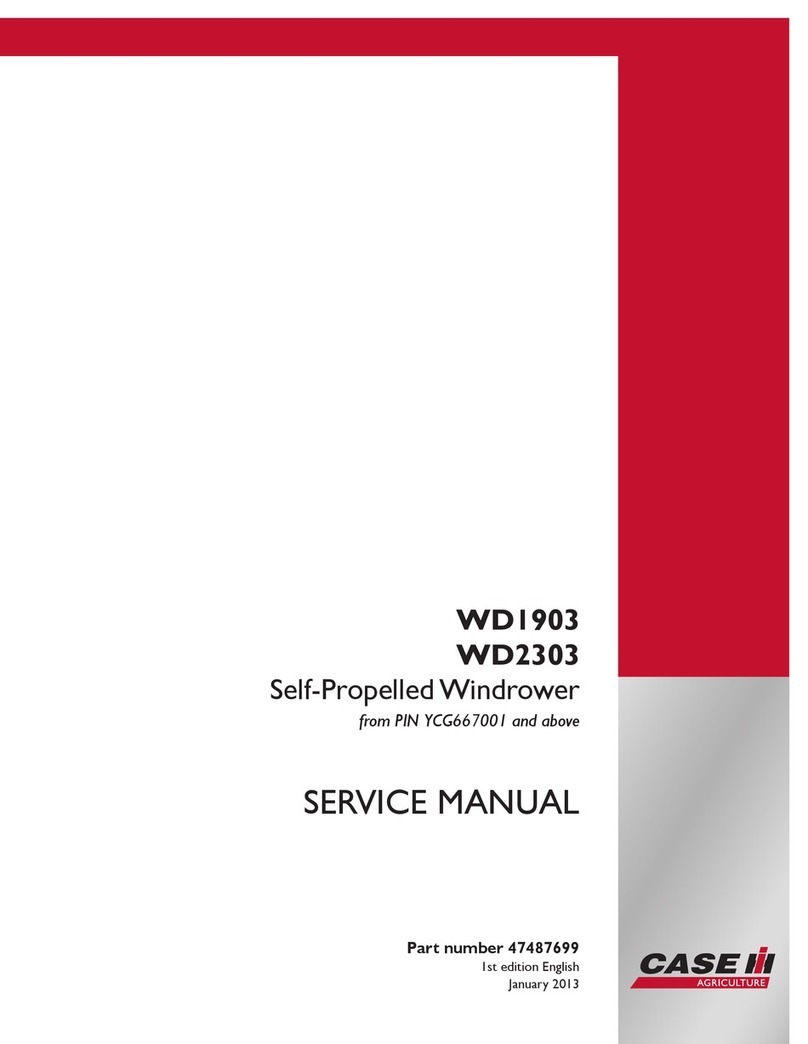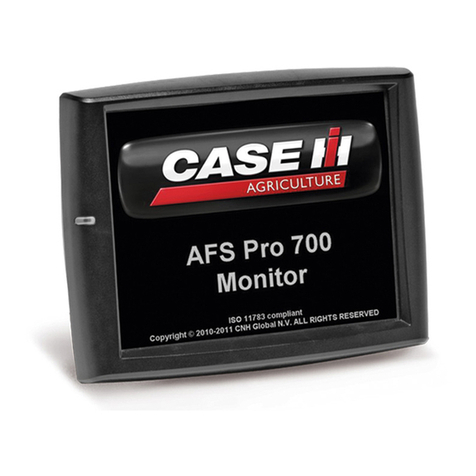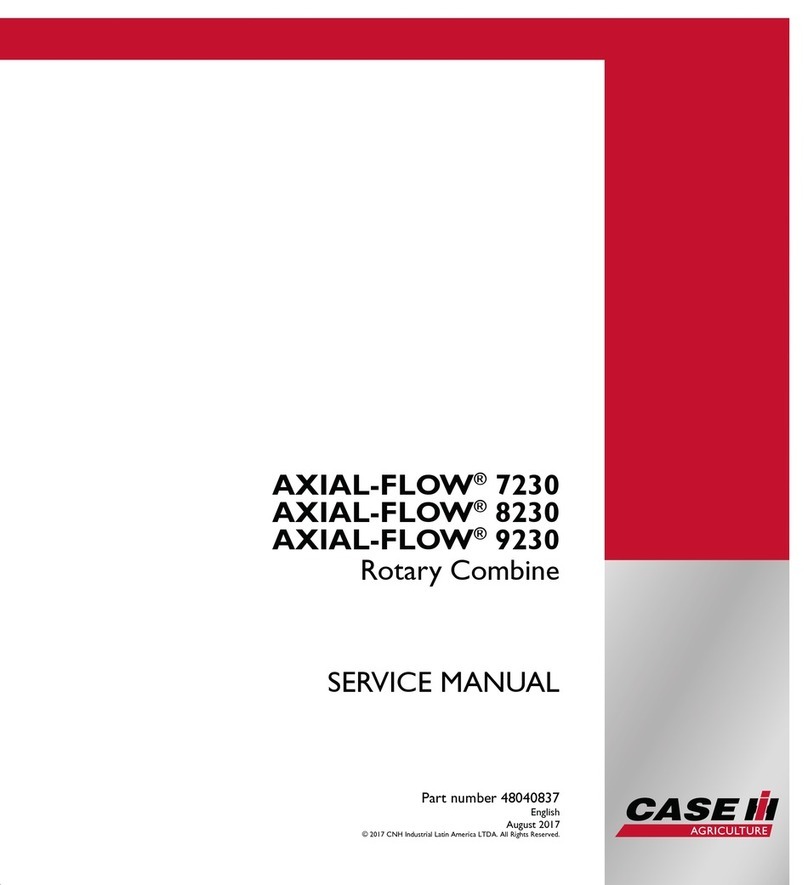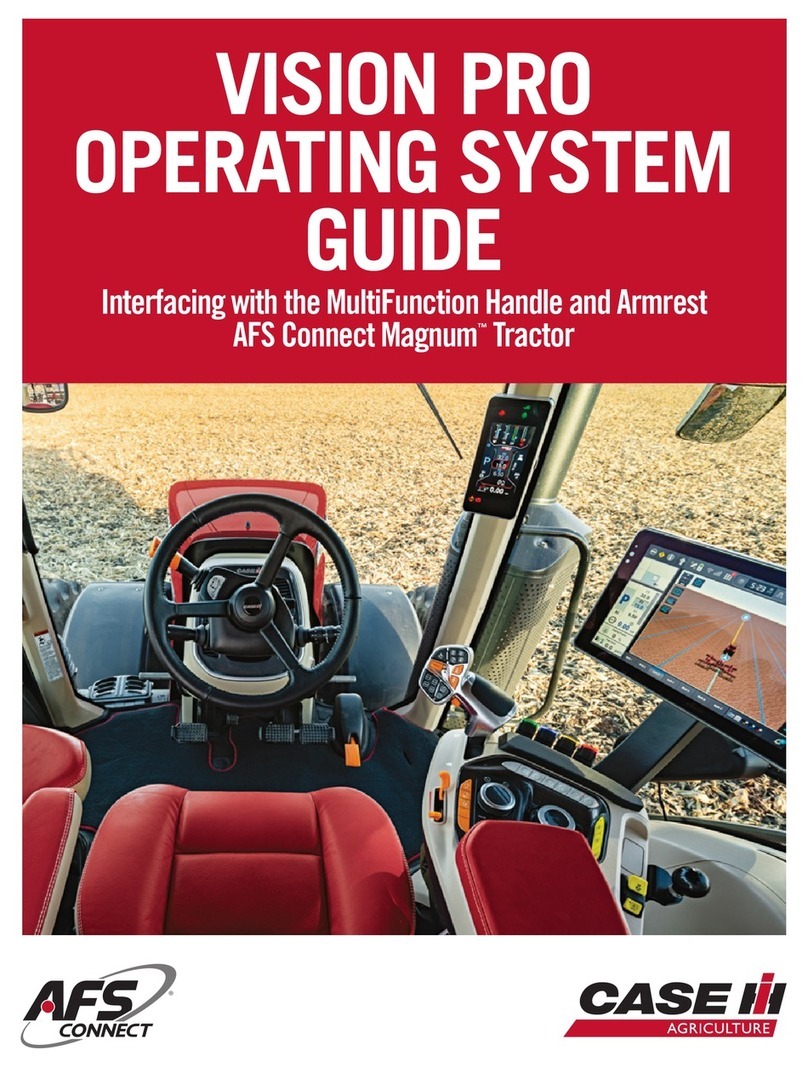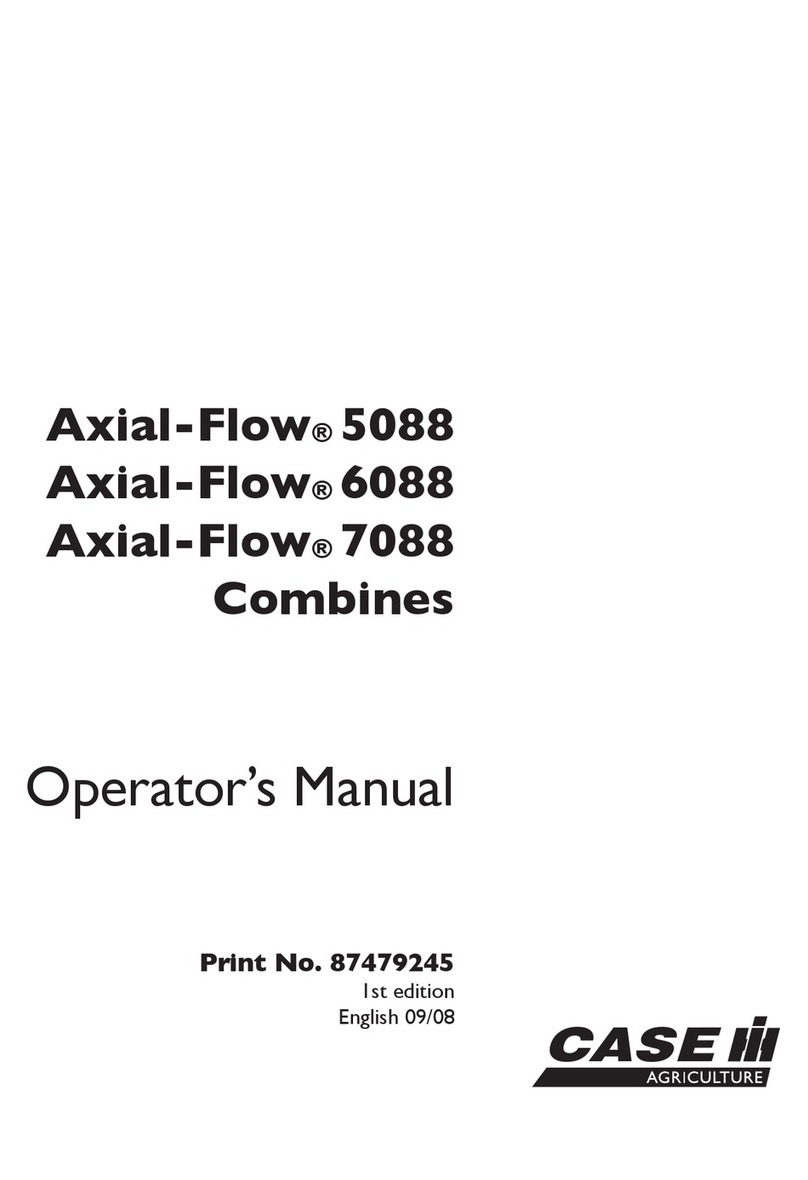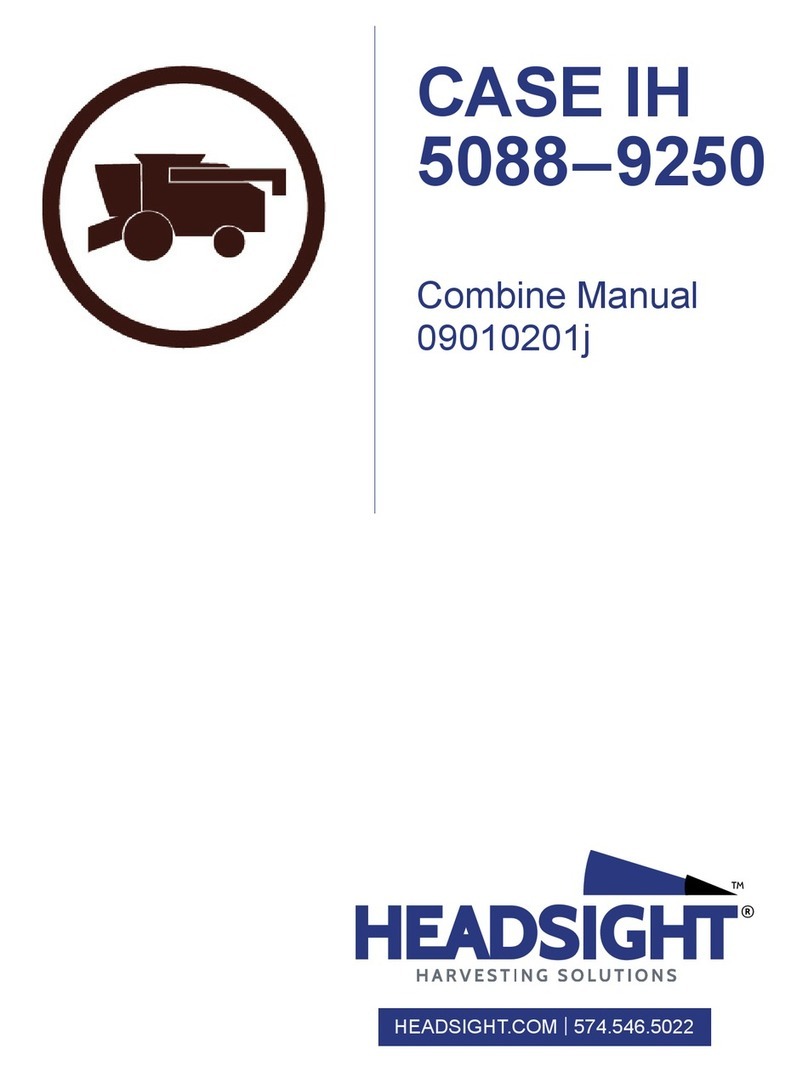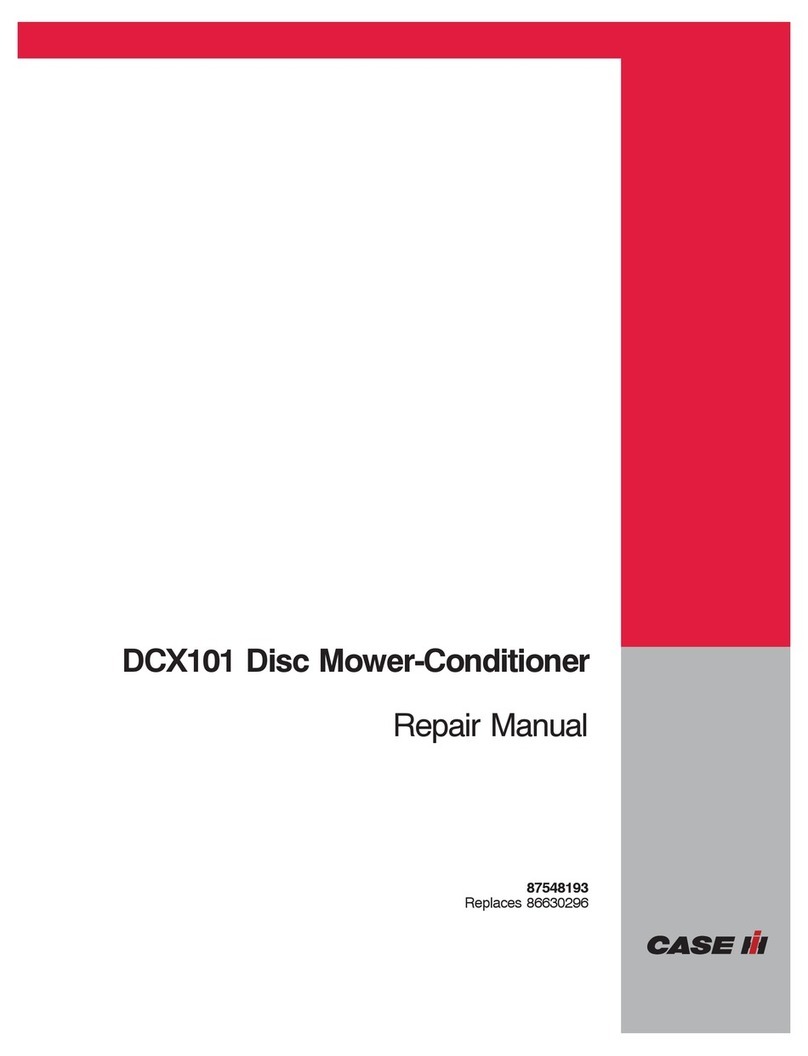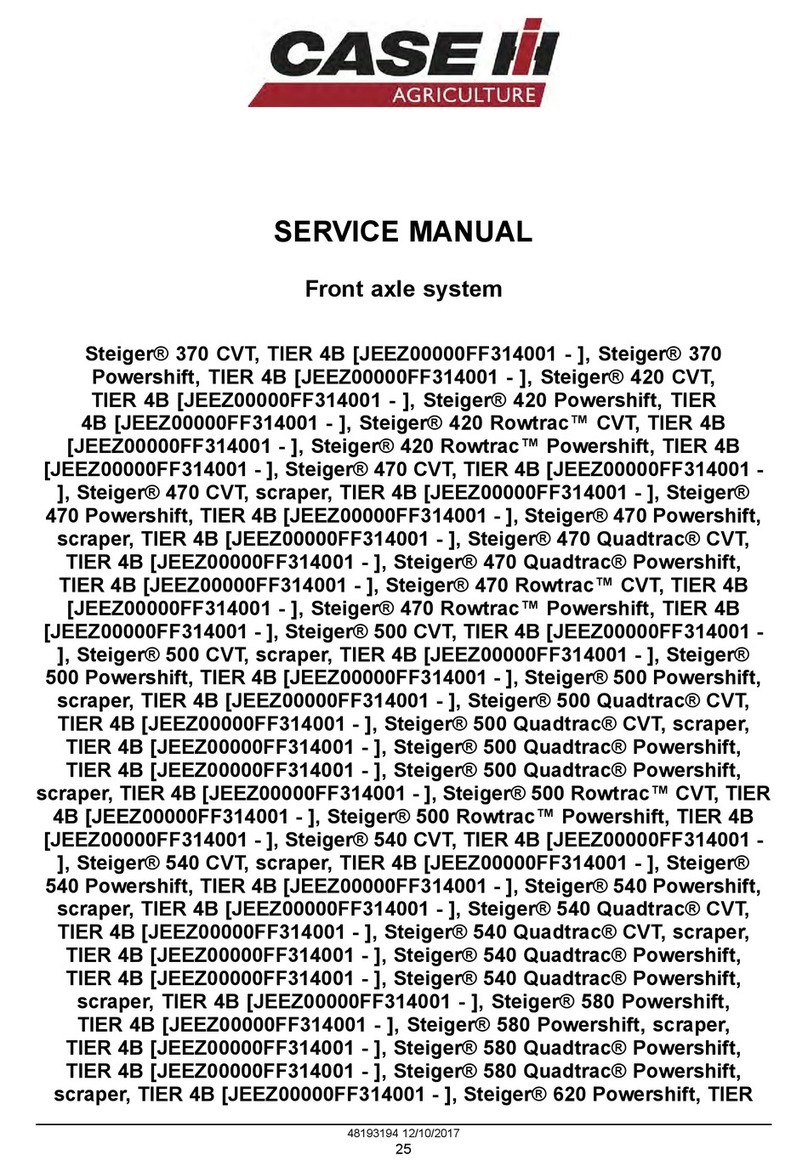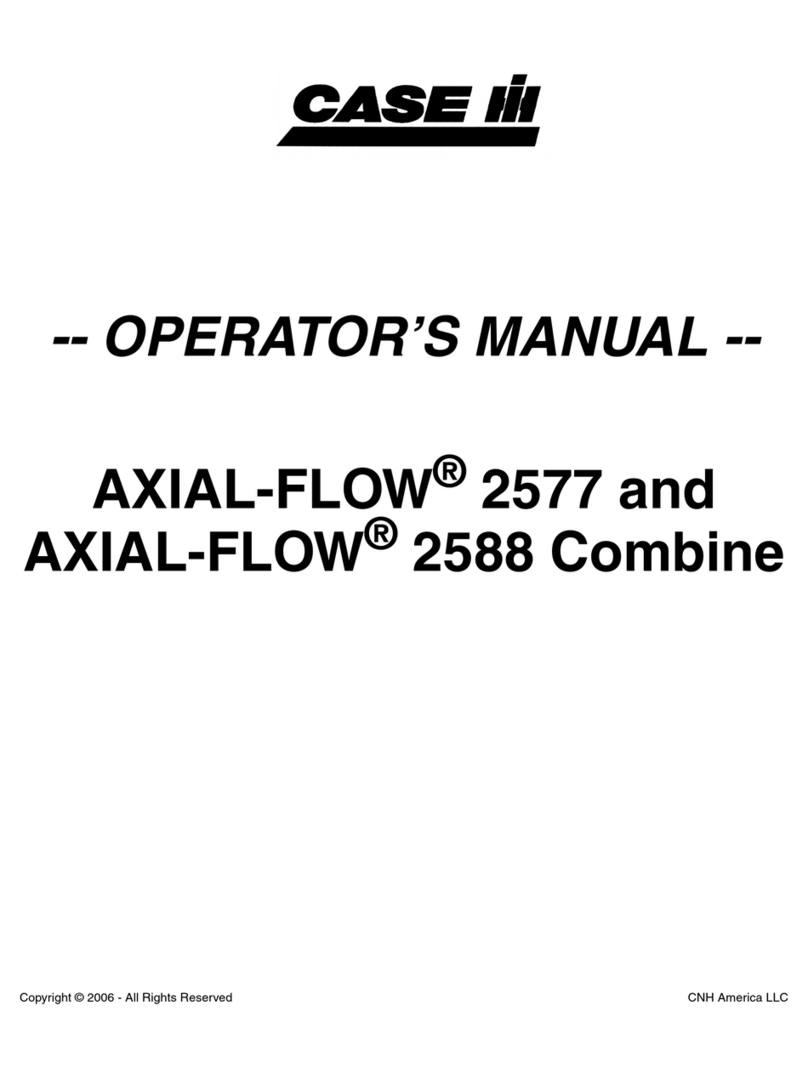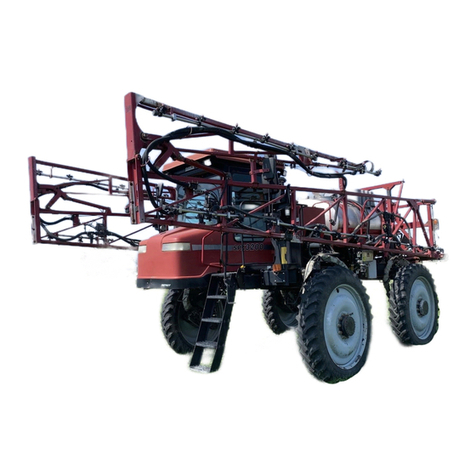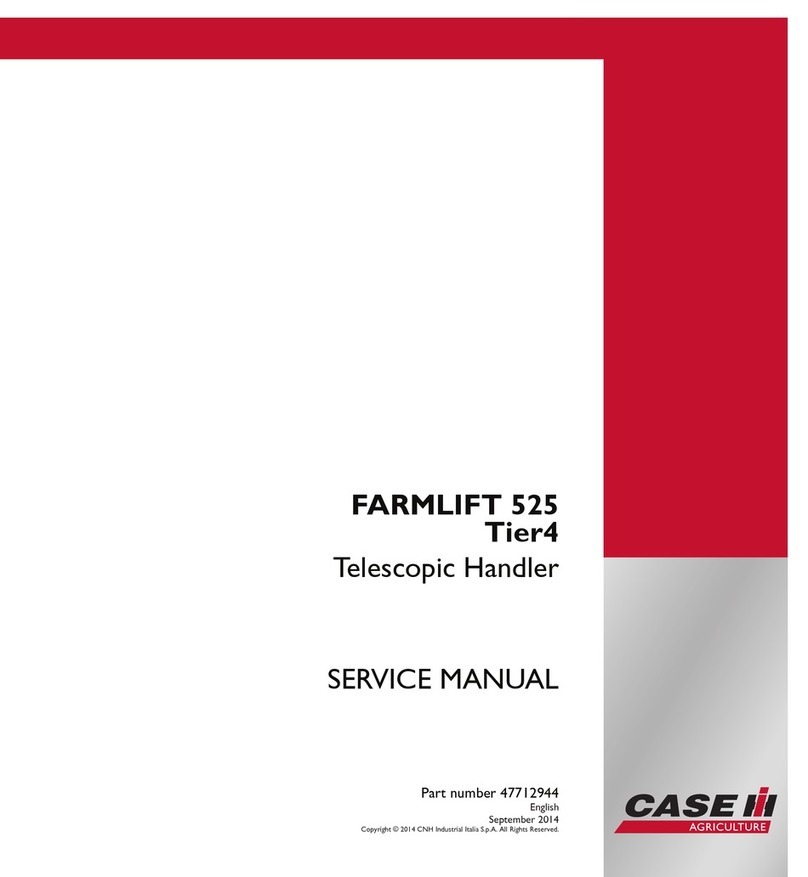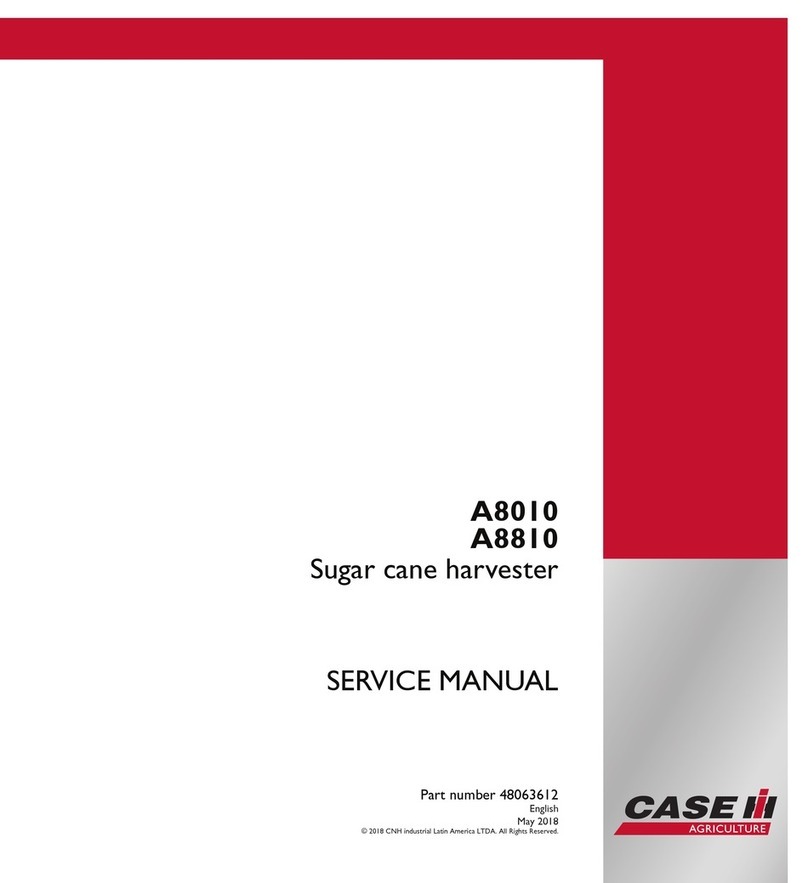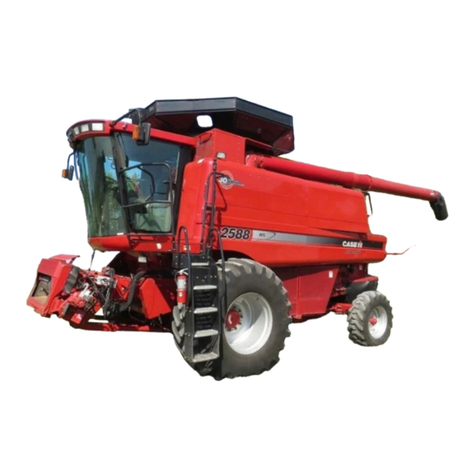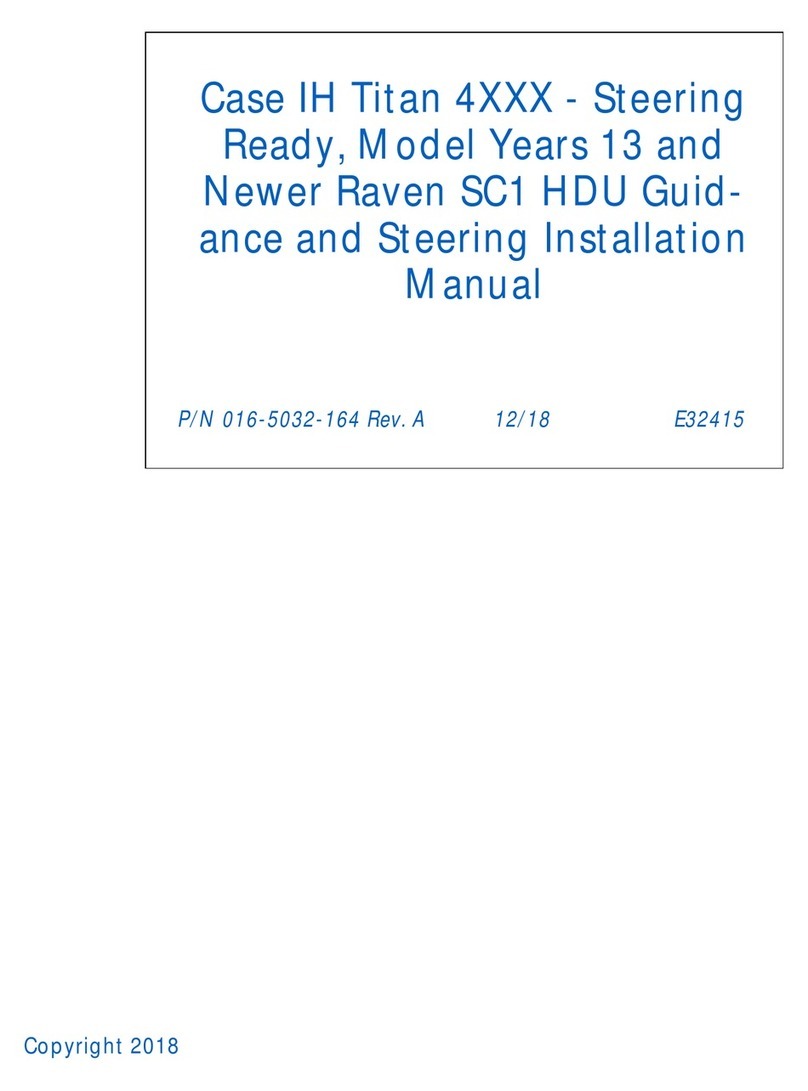
SAFETY PRECAUTIONS
Following are precautions suggested to help prevent accidents.
Whenever you see this symbol it means: ATTENTION!
BECOME ALERT!
YOUR SAFETY IS INVOLVED!
5
F-3546-3-04
A careful operator operates best. Most accidents can be avoided
by observing certain precautions. Read all precautions that
follow before operating your tractor and loader to help prevent
accidents. Equipment should be operated only by those who are
responsible and instructed to do so.
GENERAL
1. Read your Operator's Manuals carefully before using
tractor, backhoe or loader. Lack of operating knowledge
can lead to accidents.
2. Replace damaged or illegible safety decals. See page 30
for required decals.
3. Operate tractor, loader and backhoe only from operator's
seat.
TRACTOR
1. Use of seat belt is recommended. Overturning a tractor
without use of a seat belt can result in death or injury.
2. Add recommended wheel ballast and/or rear weight as
recommended in owner's manual to providegood stability.
3. Move rear wheels to widest settings recommended by
CASE IH to increase stability.
4. Do not start the engine or operate controls while standing
beside the tractor. Always sit in the tractor seat when
starting the engine or operating controls.
5. Do not park the tractor on a steep incline.
6. Move and turn tractor at low speeds.
BACKHOE
1. Never allow anyone to get under the backhoe bucket when
the bucket is raised.
2. To prevent upsets, avoid full reach and swinging the
backhoe bucket to the downhill side when operating on a
slope.
3. Watch out for overhead and underground high-voltage
electrical lines when operating the backhoe.
4. Do not enter the platform from the rear.
5. Always attach the backhoe transport locks before
transporting the unit.
6. Always place the tractor transmission in neutral before
operating backhoe.
BACKHOE / LOADER OPERATION
1. Always be sure of water, gas, sewage and electrical line
locations before you start to dig.
Call 888-258-0808 for
location of utilities.
2. Watch out for overhead and underground high-voltage
electrical lines when operating the loader or backhoe.
3. Operate the loader or backhoe controls only when properly
seated at the controls.
4. Never attempt to lift loads in excess of loader or backhoe
capacity.
5. Always lower the loader and backhoe buckets to the
ground, shut off the engine and apply the parking brake
before getting off the unit.
6. Always be watchful of bystanders when operating the
loader, when lowering the stabilizers, or when operating the
backhoe.
7. Use care when operating on steep grades to maintain
properstability. Alwayscarrythe bucketas lowas possible.
8. Never attach chains, ropes, cables, etc. to the loader or
backhoe for pulling purposes.
LOADER
1. Do not transport anyone in the loader bucket.
2. Always carry the loader bucket low for maximum stability
and visibility, whether the bucket is loaded or empty.
3. Always use the recommended amount of counterweighting
to ensure good stability.
4. Be careful when handling round objects such as round
bales, poles, etc. Lifting too high or rolling bucket too far
back could result in these objects rolling rearward down the
loader arms on the operator.
5. Never allow anyone to get under the loader bucket or reach
through the lift arms when the bucket is raised.
6. Exercise caution when operating the loader with a raised
bucket or fork.
MAINTENANCE
1. When servicing or replacing pins in cylinder ends, buckets,
etc., always use a drift and hammer of non-sparking
material. Failure to do so could result in injury from flying
metal fragments.
2. Do not modify or alter or permit anyone else to modify or
alter backhoe or any of its components or any backhoe
function without first consulting a CASE IH Dealer. If you
have any questions regarding backhoe modifications
contact CASE IH.
3. Always wear safety goggles when servicing or repairing
backhoe, tractor or loader.
4. Escaping hydraulic/diesel fluid under pressure can
penetrate skin causing serious personal injury.
•
DO NOT use your hand to check for leaks. Use a piece of
cardboard or paper to search for leaks.
•
Stop engine and relieve pressure before connecting or
disconnecting hydraulic or diesel lines.
•
Tighten all connections before starting engine or pres-
surizing lines.
If any fluid is injected into skin, obtain medical attention
immediately or gangrene may result.
5. Do not tamper with relief valve setting. Valve relief is
factory-set. Changing relief setting can cause overloading
and serious operator injury may result.
